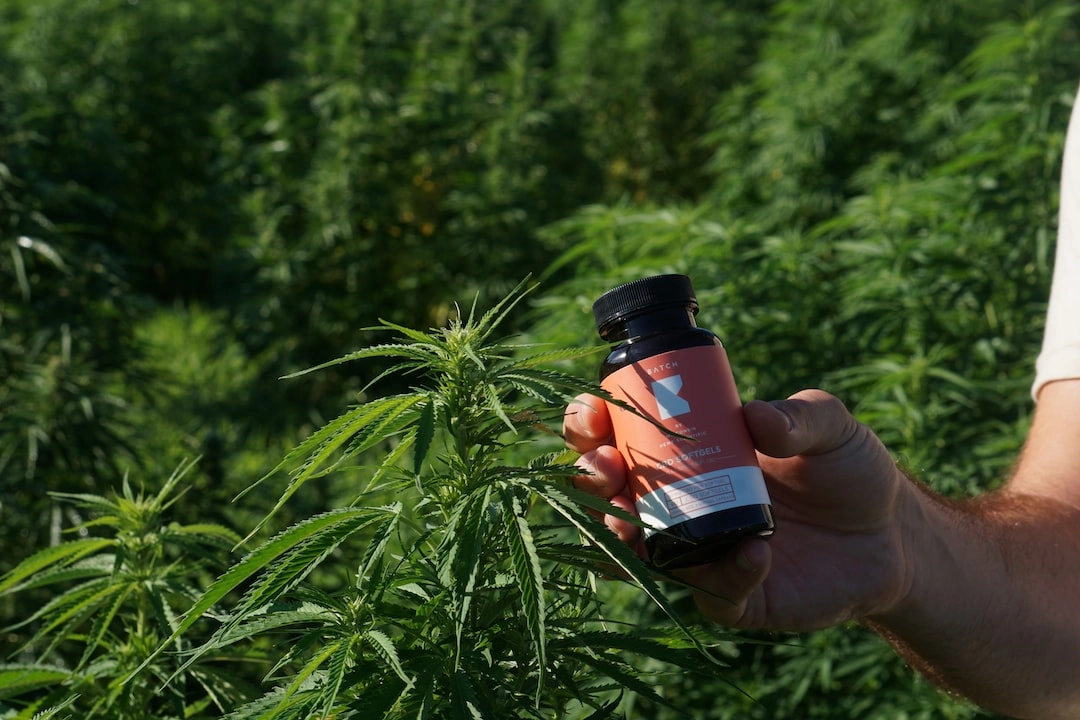
What is Sustainable Materials in Commercial Packaging?
Sustainable materials in commercial packaging refer to the use of environmentally friendly materials in the production of packaging materials for commercial products. These materials are sourced and manufactured in a way that minimizes negative impacts on the environment while also addressing the need for protective and functional packaging.
Real-World Problems Associated with Sustainable Materials in Commercial Packaging
1. Limited Availability and High Costs
One of the major challenges with adopting sustainable materials in commercial packaging is the limited availability of these materials. While there has been a growing demand for eco-friendly packaging solutions, the supply chain for sustainable materials is still developing. This limited availability often leads to higher costs, making it less financially viable for businesses, especially smaller ones, to switch to sustainable packaging options.
2. Lack of Standardization and Regulations
Another issue arising from using sustainable materials in commercial packaging is the lack of standardization and regulations. With a wide range of materials and technologies available, it can be challenging for businesses to navigate through the options and make informed decisions. Additionally, the absence of standardized guidelines and regulations can lead to confusion and inconsistency in the use of sustainable materials, making it difficult to compare and evaluate the environmental impact of different packaging solutions.
3. Performance and Durability Concerns
Sustainable materials, such as compostable or biodegradable packaging, often face concerns regarding their performance and durability. Businesses need packaging that can protect their products throughout the supply chain and maintain their quality until they reach the consumers. There is a need to strike a balance between sustainability and functionality, ensuring that the packaging material is strong, resilient, and able to withstand various environmental conditions.
4. Consumer Education and Perception
Consumer education and perception play a crucial role in the adoption of sustainable materials in commercial packaging. While there is a growing awareness about the importance of sustainable packaging among consumers, there is still a need for more education and transparency. Many consumers may still be unaware of the environmental impact of conventional packaging materials or may be hesitant to switch to sustainable alternatives due to perceived inconveniences or misconceptions. Overcoming these challenges requires effective communication and education to encourage consumers to embrace and support sustainable packaging choices.
5. Recycling and Waste Management Infrastructure
Sustainable packaging materials often rely on recycling and waste management systems to achieve their full environmental potential. However, recycling infrastructure varies greatly from region to region, and not all materials may be easily recyclable or compostable in existing systems. This lack of adequate recycling and waste management infrastructure poses a challenge in realizing the full benefits of sustainable materials, as the proper disposal and processing of packaging waste become essential to closing the loop and reducing overall environmental impact.

Solutions to the Challenges of Sustainable Materials in Commercial Packaging
1. Promote Research and Development
Investing in research and development can help accelerate the availability and reduce the costs of sustainable packaging materials. By supporting innovation and new technologies, businesses can contribute to the growth of the sustainable packaging industry and expand the range of eco-friendly options for commercial use.
2. Establish Guidelines and Standards
The development of standardized guidelines and regulations can provide clarity and consistency in the use of sustainable packaging materials. This would enable businesses to make more informed decisions and ensure the environmental claims made by different packaging options are credible and transparent.
3. Enhance Performance and Durability
Continued research and development efforts should focus on improving the performance and durability of sustainable packaging materials. This can involve exploring new production techniques, enhancing material strength and resilience, and ensuring that sustainable materials meet the functional requirements of packaging while still minimizing their ecological impact.
4. Increase Consumer Education and Awareness
Educating consumers about the environmental benefits and importance of sustainable packaging is crucial. Businesses can play a role in driving consumer awareness through transparent labeling, providing information about the sustainability credentials of their packaging choices, and highlighting the positive impacts of sustainable materials on the environment.
5. Expand Recycling and Waste Management Infrastructure
To support the use of sustainable materials, it is necessary to invest in robust recycling and waste management infrastructure. This includes improving recycling facilities, educating consumers about proper recycling practices, and exploring composting options for biodegradable packaging. Collaborative efforts between governments, businesses, and communities are essential to establish effective waste management systems that can accommodate sustainable packaging materials.
By implementing these solutions, businesses can overcome the challenges associated with sustainable materials in commercial packaging and contribute to a greener future.















